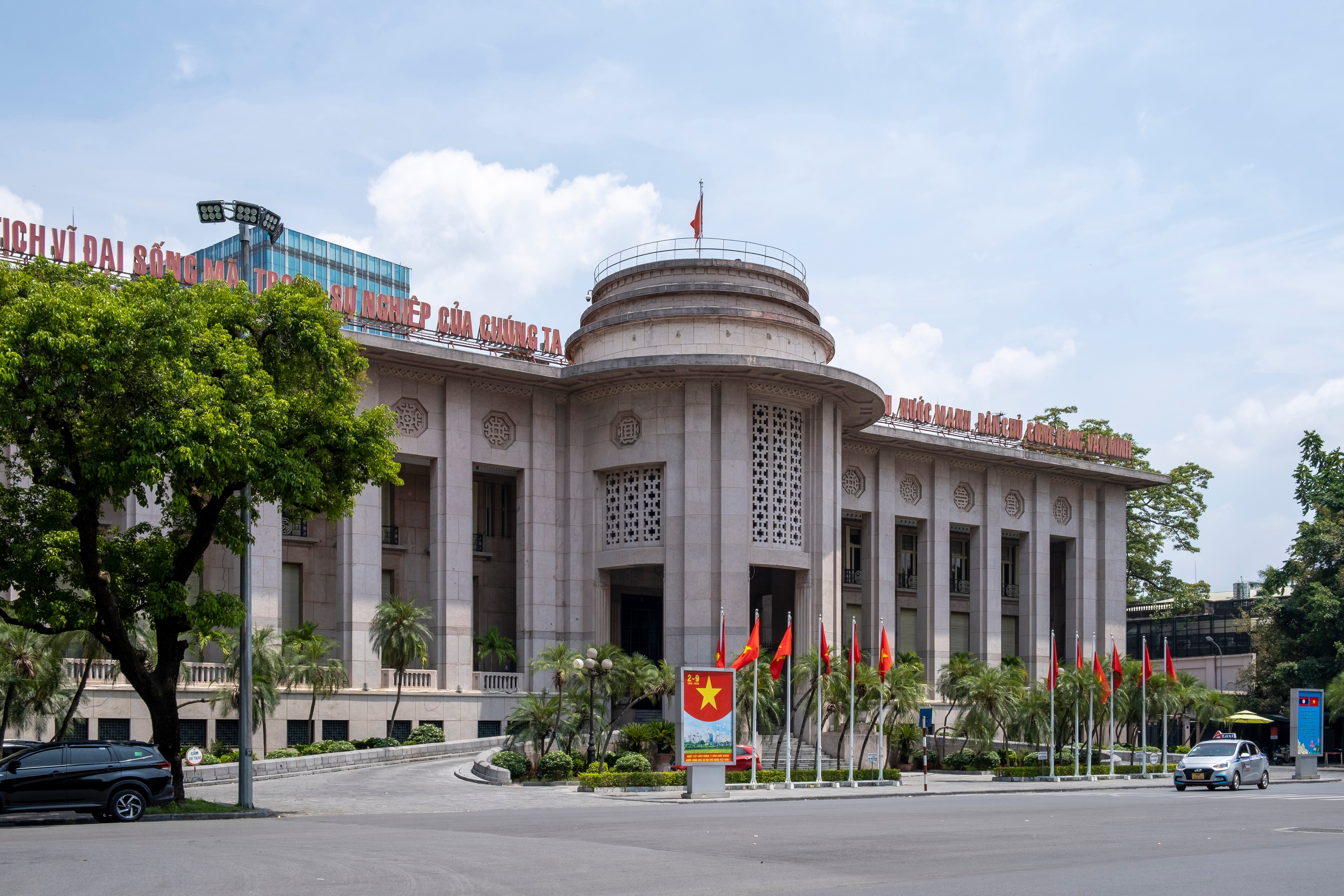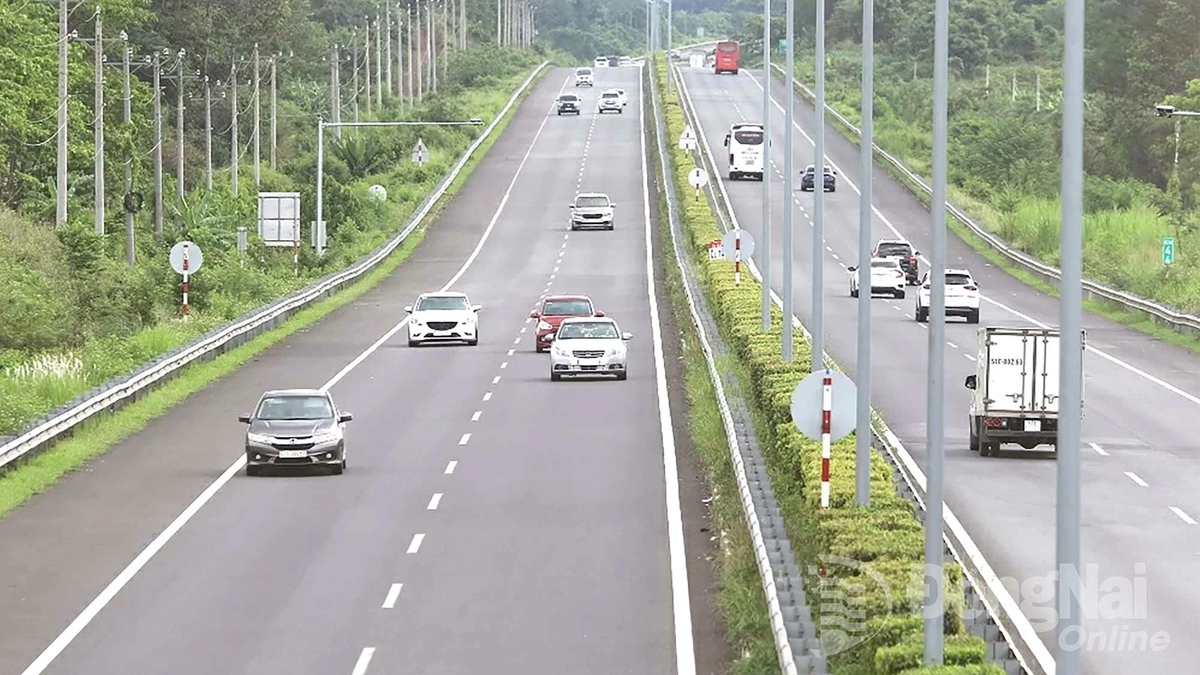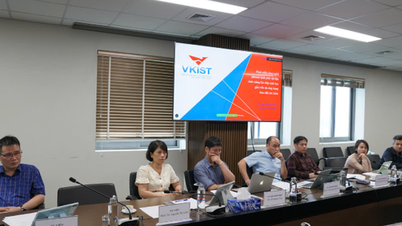The State's policy is to concentrate all resources to promote growth, aiming to turn Vietnam into a modern industrialized country with upper-middle income by 2030 and high income by 2045.
The State Bank of Vietnam (SBV)'s orientation for 2025 is credit growth of about 16%, higher than the previous year, to support the GDP growth target of over 8%.
By the end of the first quarter of 2025, system-wide credit increased by 3.93%, 2.5 times higher than the same period in 2024. Factors driving credit growth include low interest rates, increased capital demand from businesses, and the expansion of the domestic consumer market.
According to a survey by Vietnam Report, there are 5 major opportunities for the banking industry to have room for development. The first is promoting the development of digital financial products, which is considered by more than 90% of banks and experts as the leading growth driver.

Vietnam's economic growth prospects, the revision of laws and the streamlining of the state management apparatus also create favorable conditions for the industry.
The development of digital banking services and open financial ecosystems (Open API) helps banks access large amounts of demand deposits and increase service productivity without relying heavily on physical infrastructure.
Digital transformation is not only an opportunity but also a top priority in recent years. This trend has led to changes in the human resource structure, with a reduction in traditional labor and increased recruitment in positions such as data analysis, information technology and cybersecurity.
In the first quarter of 2025, the number of employees in the industry decreased by 2,147 people, reflecting the orientation of shifting to digital platforms and helping to control operating costs. Some banks also reduced the number of transaction offices to streamline the system, shifting focus to digital transaction channels.
Customer surveys show that transaction security and stable digital applications are the most popular service selection criteria, far surpassing physical coverage. This forces banks to invest more in technology security and digital platform quality to retain customers, especially as more people use services from multiple banks to diversify risks.
The layoffs reflect a strategic shift from expanding physical networks to optimizing digital platforms and reducing dependence on traditional labor.
However, the banking sector still faces significant challenges. Credit risk is an important issue that needs to be controlled. Although the most difficult period has passed, the problem of maintaining asset quality and strengthening the reserve buffer still needs to be prioritized to ensure the stability and resilience of the system.
The bad debt ratio has cooled down compared to the peak in 2023, but remains high, exceeding VND300,000 billion in the first quarter of 2025, up nearly 17% year-on-year. The group of debts with the possibility of losing capital accounts for more than 1.25% of total outstanding debt and continues to increase when Circular 02/2023 expires. The bad debt coverage ratio (LLR) has not recovered to a safe level, especially in the group of small banks.
To handle hundreds of trillions of bad debt and bring cash flow back to the market, it requires the participation of stakeholders, not just depending on the efforts of businesses.
The State Bank of Vietnam is drafting a law amending the Law on Credit Institutions 2024 with the expectation of soon issuing specific mechanisms to help credit institutions handle bad debts, perfect the legal framework, reduce pressure on provisioning and capital flow rotation.
The revised Law on Credit Institutions, effective from July 2024, has created a legal basis for dealing with weak banks. Completing the compulsory transfer of four banks to large commercial banks in early 2025 is a notable step, helping to resolve system backlogs and expand the scale of operations of the transferee banks, despite financial obligations and pressure to integrate the system.
Raising the foreign ownership ratio in transferee banks to 49% is also expected to increase the ability to mobilize capital and attract strategic investment.
Maintaining a balance between growth and system safety will be a key factor for the banking industry to continue to play a leading role in Vietnam's economic development in the coming time.
Source: https://baonghean.vn/co-hoi-tang-truong-nganh-ngan-hang-viet-nam-nam-2025-10299310.html





























































































![[Infographic] In 2025, 47 products will achieve national OCOP](https://vphoto.vietnam.vn/thumb/402x226/vietnam/resource/IMAGE/2025/7/16/5d672398b0744db3ab920e05db8e5b7d)





Comment (0)